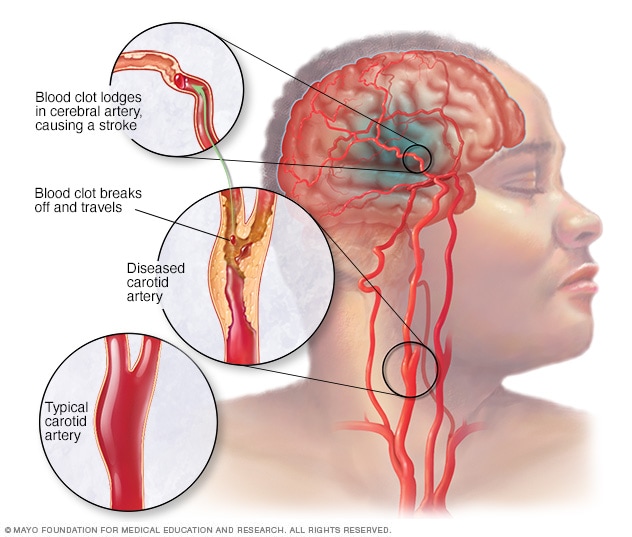
How ultrasound Doppler can prevent CVA and TIA
Ultrasound Doppler, specifically carotid Doppler ultrasound, is a non-invasive diagnostic tool that plays a significant role in preventing cerebrovascular accidents (CVAs), commonly known as strokes, and transient ischemic attacks (TIAs). It achieves this by providing detailed images of the blood flow in the carotid arteries, which are the main vessels supplying blood to the brain. Here’s how carotid Doppler ultrasound contributes to the prevention of CVA and TIA:
Early Detection of Carotid Stenosis
- Identifying Atherosclerosis: Carotid Doppler ultrasound can detect the presence of atherosclerotic plaque and the degree of stenosis (narrowing) in the carotid arteries. Early detection of plaque buildup allows for timely intervention before it leads to significant obstruction or causes a stroke.
Assessment of Stroke Risk
- Evaluating Blood Flow: By measuring the velocity and character of blood flow through the carotid arteries, Doppler ultrasound helps assess the risk of stroke. High blood flow velocities may indicate significant narrowing that could compromise blood supply to the brain.
Guiding Treatment
- Informing Medical Management: For patients with mild to moderate carotid artery stenosis, medical treatment, including antiplatelet therapy and statins, may be intensified based on Doppler findings. Lifestyle modifications can also be advised to slow the progression of atherosclerosis.
- Determining the Need for Surgical Intervention: In cases of severe stenosis, typically 70% or greater, or for patients who have had TIAs or minor strokes attributed to carotid artery disease, Doppler ultrasound findings can guide decisions regarding carotid endarterectomy or angioplasty with stenting to restore adequate blood flow to the brain.
Monitoring After Treatment
- Post-Surgical Evaluation: Following carotid surgery or stenting, carotid Doppler ultrasound is used to monitor the success of the procedure and detect any recurrence of stenosis or new plaque formation over time.
Screening High-Risk Individuals
- Targeted Screening: Doppler ultrasound is particularly valuable in screening individuals at high risk of stroke, such as those with known cardiovascular disease, high blood pressure, diabetes, high cholesterol, a history of smoking, or a family history of stroke. Early identification and management of carotid artery disease in these individuals can significantly reduce their risk of stroke.
Advantages of Ultrasound Doppler
- Non-Invasive and Safe: This imaging modality does not involve radiation or the need for intravenous contrast, making it a safe option for repeated assessments.
- Accessibility and Convenience: Doppler ultrasound can be performed in outpatient settings, facilitating easy access for screening and monitoring.
By enabling the early detection and management of carotid artery disease, carotid Doppler ultrasound plays a critical role in the prevention of CVAs and TIAs. It provides valuable information that can guide clinical decisions, from initiating medical therapy to performing surgical interventions, thereby significantly reducing the risk of stroke in susceptible individuals.
To book online select the date and time that suits you best – alternatively, please contact us with any questions via the chat, call or email links provided.
Telephone: 020 7101 3377

